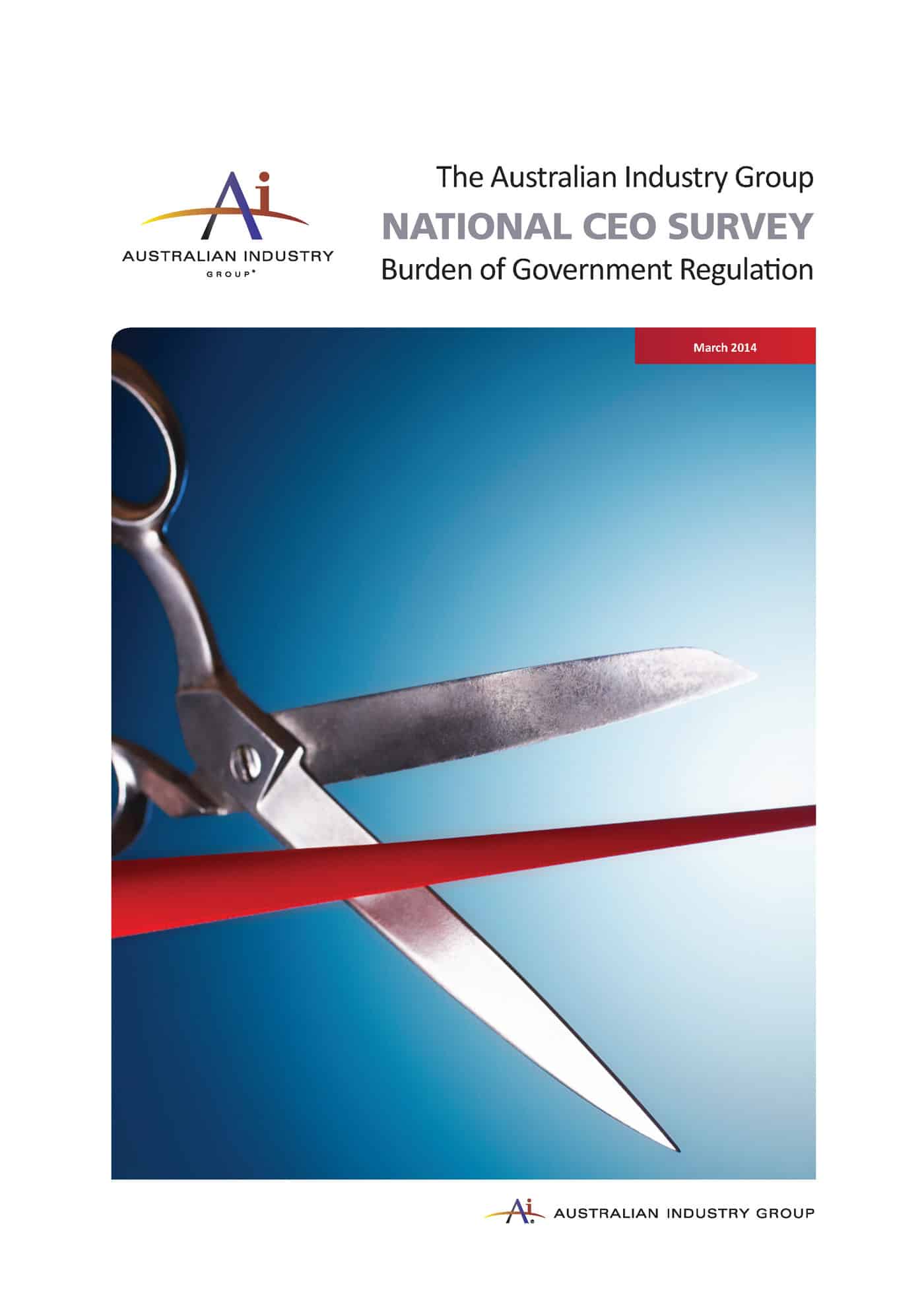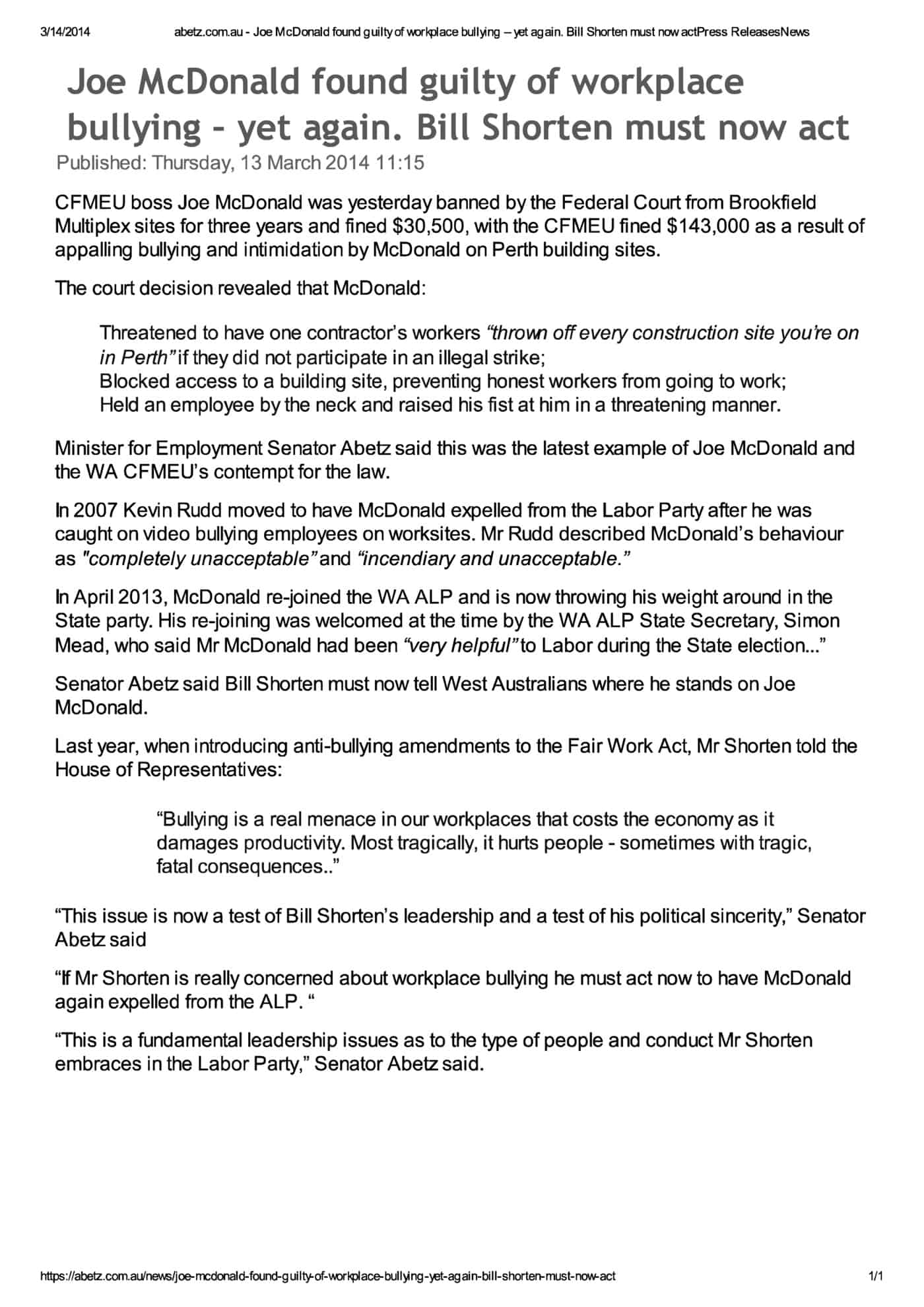In late March 2014, the Construction Forestry Mining and Energy Union (CFMEU) was fined $A1.25 million over a violent dispute at the Emporium construction site that occurred in 2012. In its media release about the fine, the CFMEU’s state secretary, John Setka, says:
“The protest at the Myer site in 2012 was about safety.”
Yes and no. The dispute was about the representation of workers on safety matters, which is a different thing. Setka goes on: Continue reading “The CFMEU should make a case for union OHS representatives”



